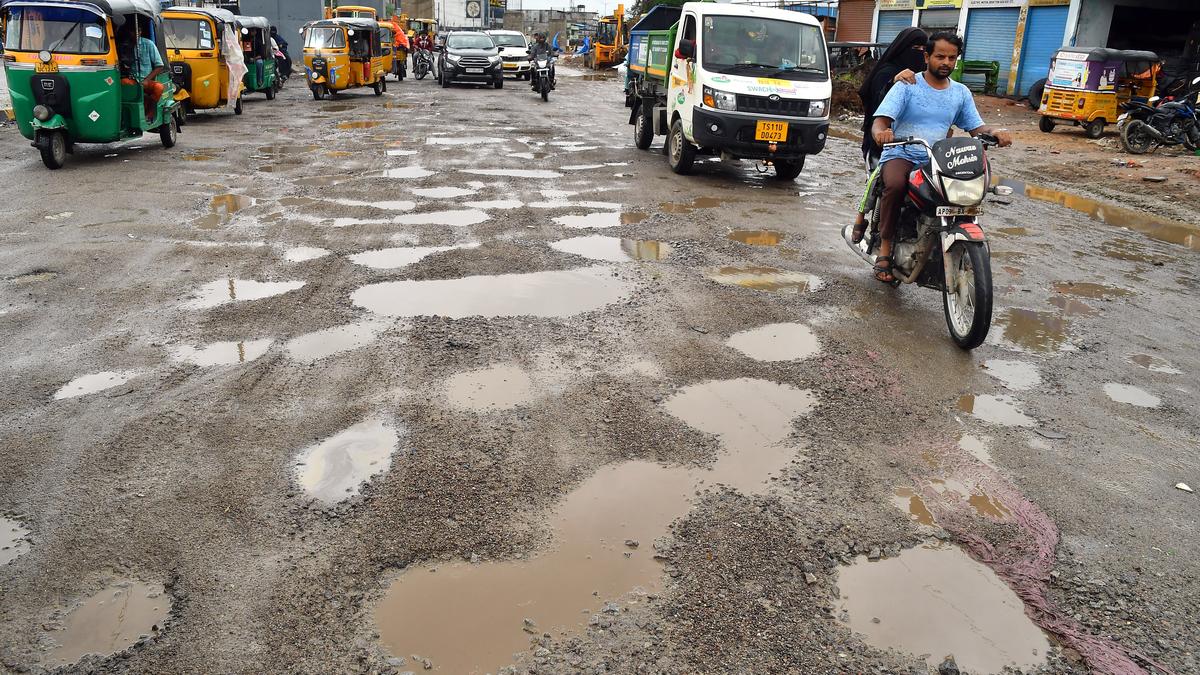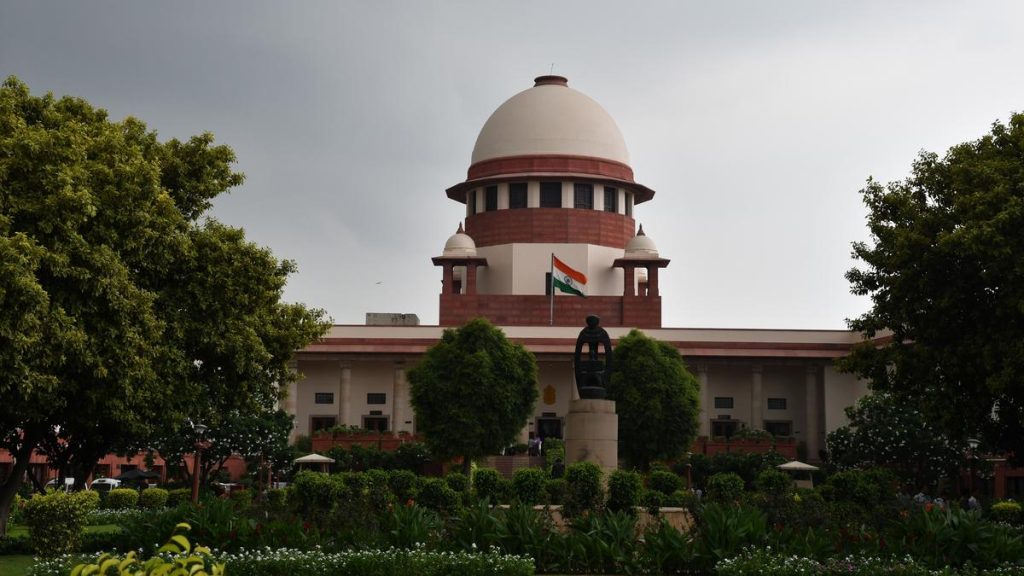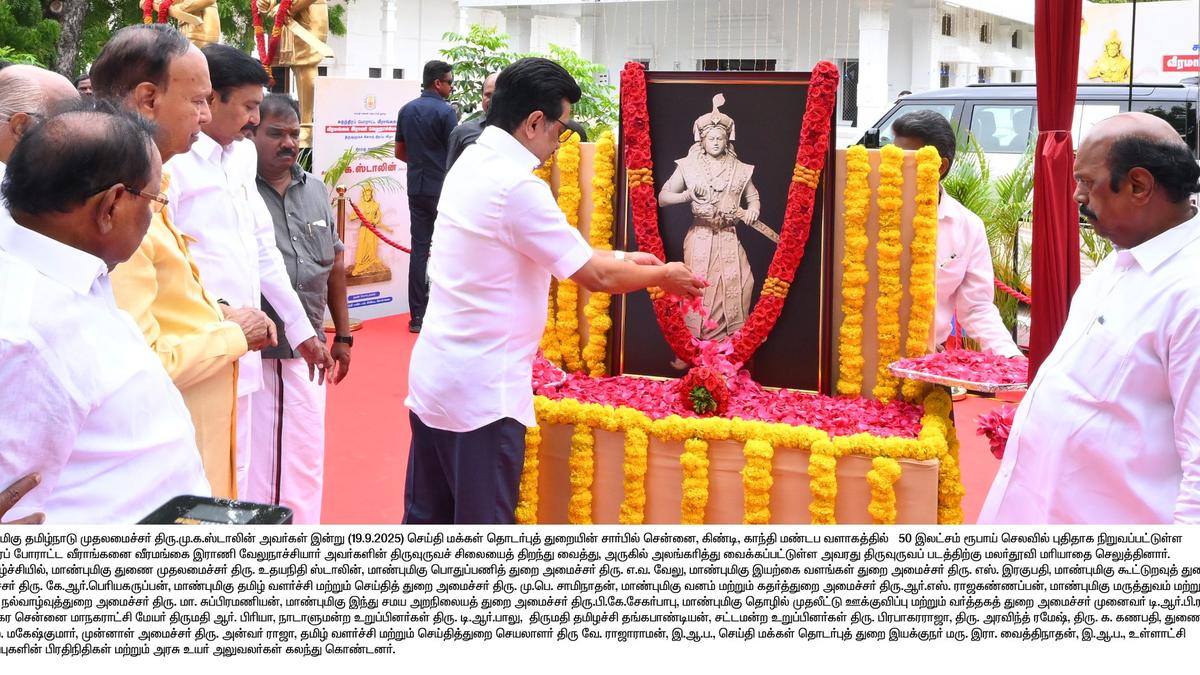Now Reading: City Motorists and Pedestrians Grapple with Pothole Woes After Rain
-
01
City Motorists and Pedestrians Grapple with Pothole Woes After Rain
City Motorists and Pedestrians Grapple with Pothole Woes After Rain

Fast Summary
- In West Marredpally, Hyderabad, half the street is waterlogged with a visible 30-foot-long crack in the road.
- Other localities like Ameerpet, Banjara Hills, S.R. Nagar and Maitrivanam face similar issues due to recent heavy rains.
- Roads are flooded or filled with sand, rubble, and debris following persistent rainfall over several days.
- Civilians report critically important challenges for vehicles and pedestrians caused by uneven roads and destroyed pedestrian space.
- Greater Hyderabad Municipal Corporation (GHMC) identified 14,050 potholes on September 4; out of these repairs were conducted on 11,442 potholes. However, newer potholes have emerged due to waterlogging from prolonged rain.
- Social media users express mounting frustration over unsafe conditions caused by potholes; some allege tickets are closed without actual fixes being completed.
- Sociological research by Sneha Annavarapu titled “Roads, Potholes and the Embodied Politics of Driving in Urban India” highlights three impacts of urban potholes: creating narratives of corruption, exposing inequalities linked to injury risks while driving/pedestrian use, and fostering citizen claims-making.
Indian Opinion Analysis
The recurring issue of damaged roads amid heavy rains in hyderabad underscores both infrastructural limitations and broader governance challenges. While GHMC’s effort to repair a large number of identified potholes is commendable on paper, public complaints suggest evident gaps between action reports and lived experiences. Social media outcry reflects rising frustration over disrupted daily life as pedestrian spaces vanish while drivers struggle through perilous routes.
Infrastructural resilience is central for rapidly urbanizing cities such as Hyderabad-both from citizen welfare and economic perspectives. Persistent issues linked to flooding or poor maintenance could intensify perceptions about inadequate state response across socio-economic groups. The cited sociological study also highlights deeper civic implications surrounding urban inequities; understanding these dynamics may help frame future policy interventions more holistically beyond immediate repairs.
Read more at The Hindu.

























